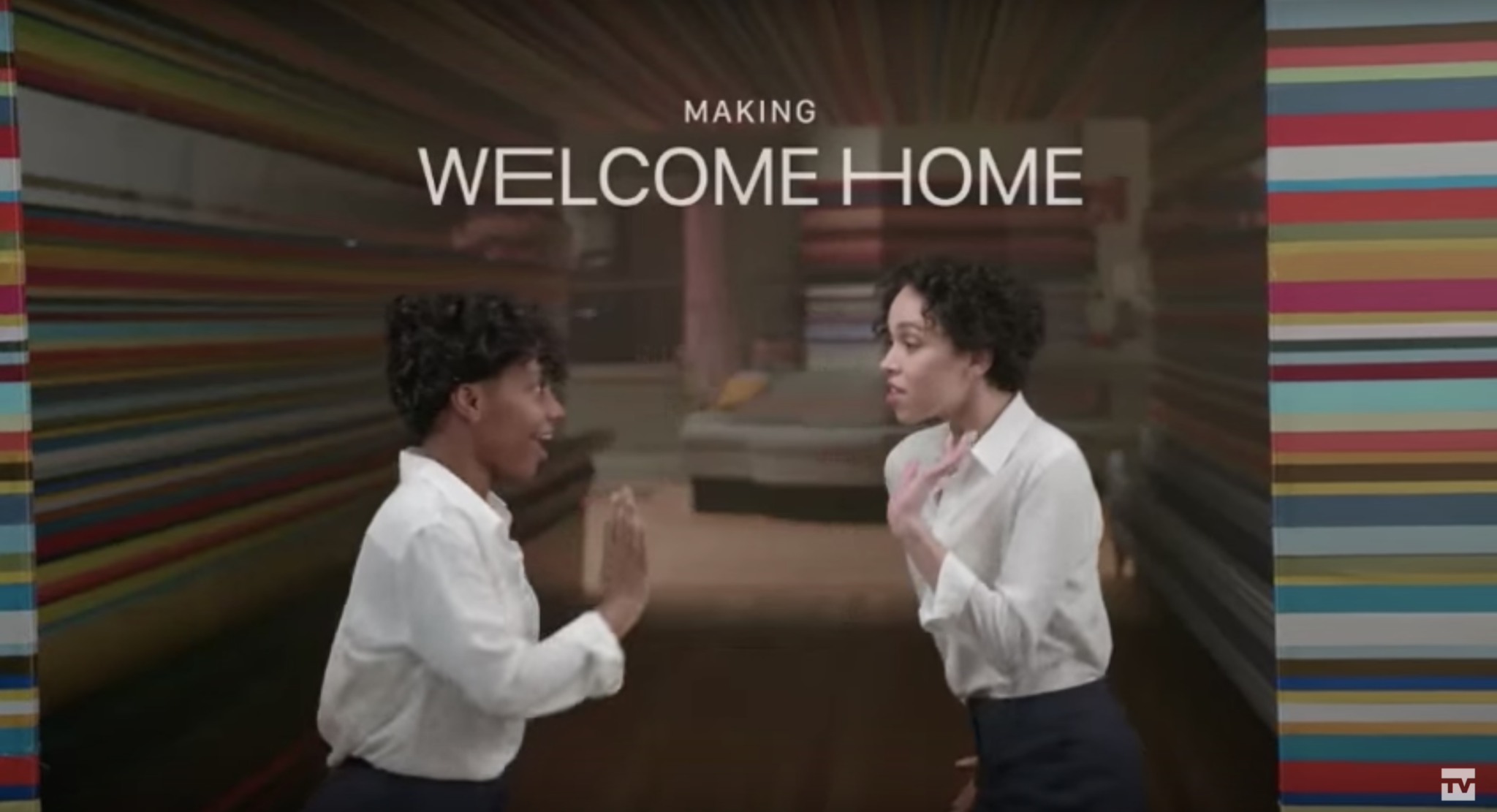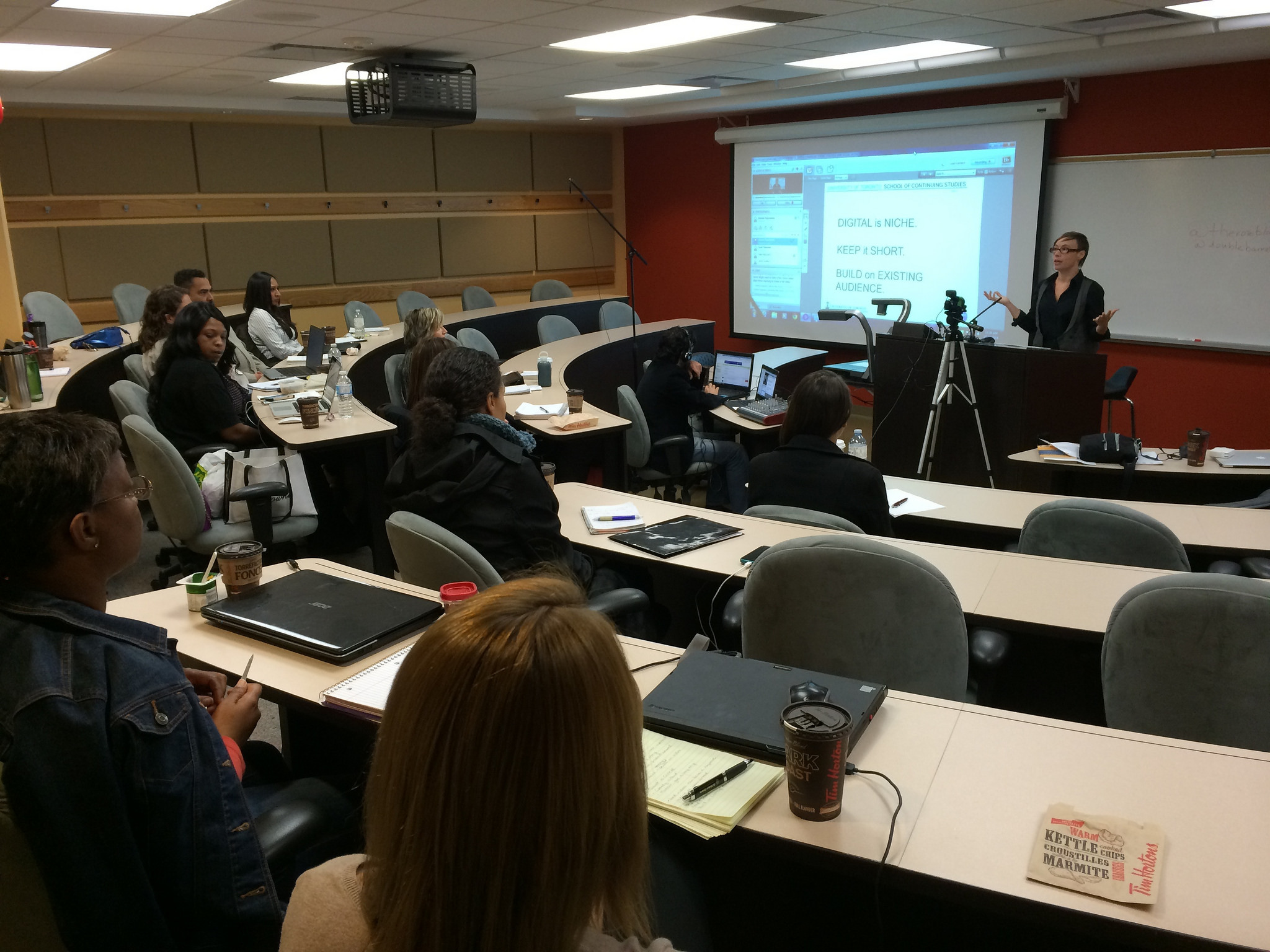-

#WednesdayWisdom: Behind-the-scenes with Apple & Spike Jonze
One rabbit hole that clients fall into is assuming that video is a snap to make because it’s so simple to watch. You sit down,…
-

Put Your Best Flick Forward
I was so thrilled to be asked to participate in Donna Papacosta’s Digital Communications Strategy class this past weekend at University of Toronto, Mississauga. The…



